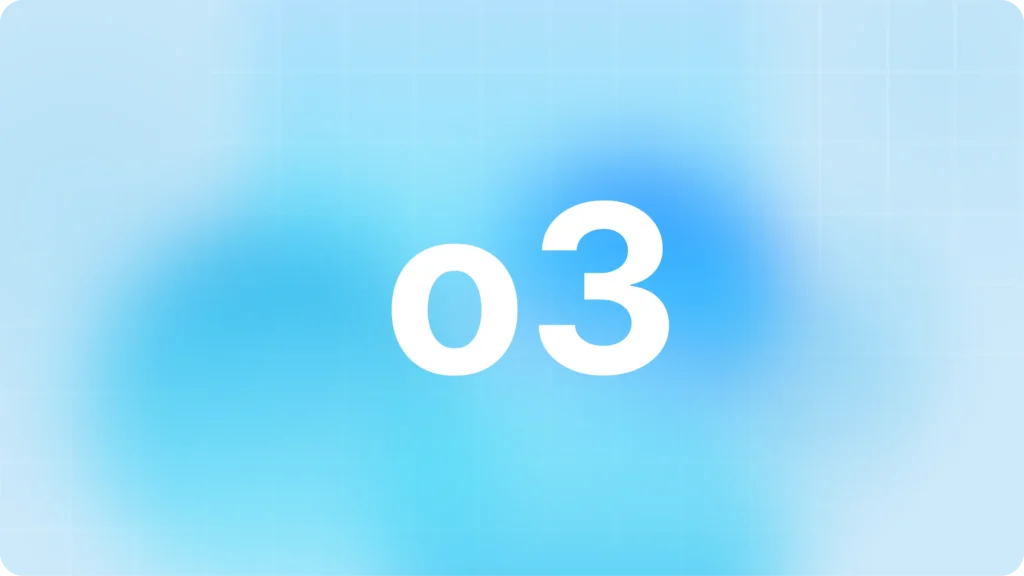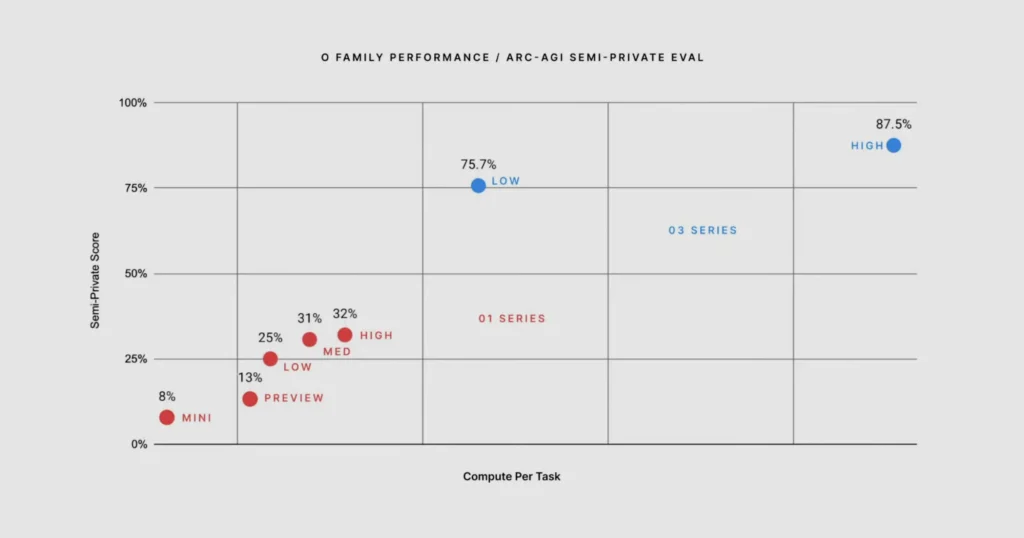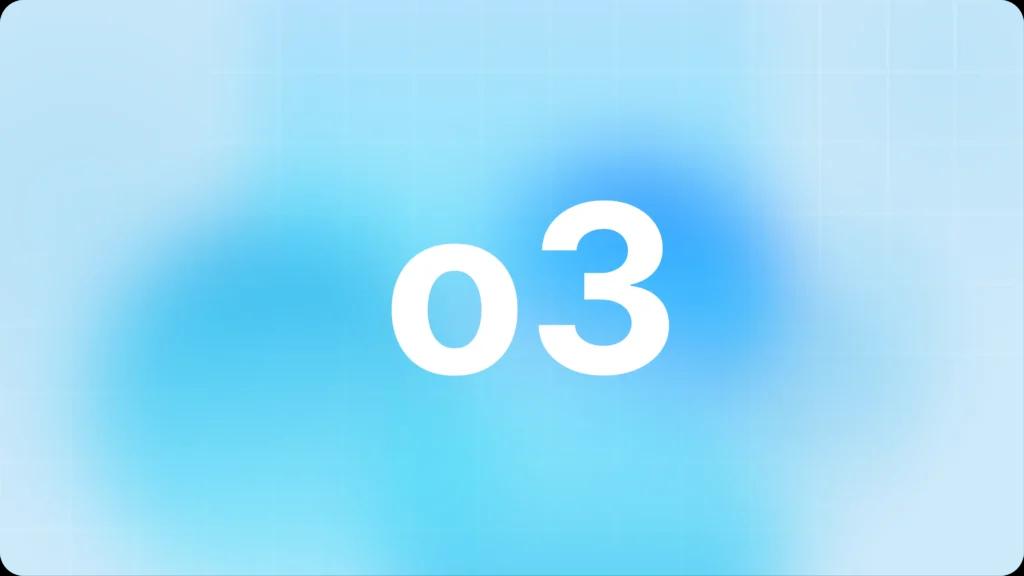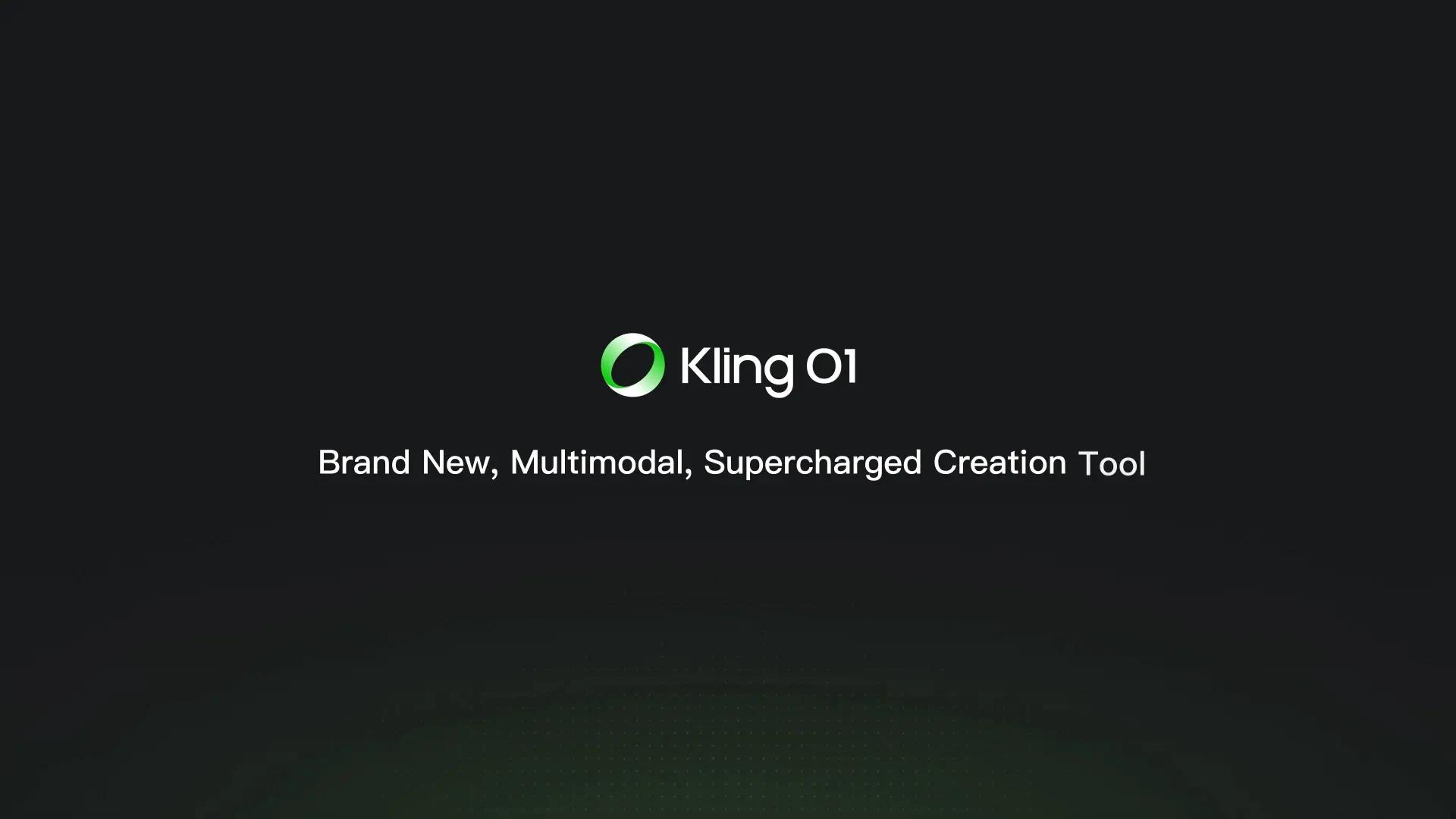In April 2025, OpenAI introduced its latest reasoning model, o3, positioning it as a significant advancement over its predecessor, o1. The o3 model boasts enhanced capabilities in reasoning, coding, mathematics, and visual comprehension. This article delves into the distinctions between o3 and o1, examining performance metrics, safety features, and practical applications to assess whether o3 indeed represents a substantial improvement.

Understanding the Foundations: o1 and o3 Models
What is o1?
Released in September 2024, the o1 model represented a paradigm shift in AI’s approach to complex problem-solving. Designed to emulate human-like reasoning, o1 was trained to “think” more before responding, allowing it to tackle intricate tasks in science, coding, and mathematics with enhanced accuracy. Notably, o1 achieved an impressive 83% accuracy on the International Mathematics Olympiad (IMO) qualifying exam, a significant leap from the 13% scored by its predecessor, GPT-4o.
The o1 model also introduced a novel safety training approach, enabling it to reason about safety rules in context and apply them more effectively. This advancement was evident in its performance on challenging jailbreaking tests, where o1 scored 84 out of 100, compared to GPT-4o’s 22.
What is o3?
Building upon the foundations laid by o1, OpenAI unveiled the o3 model in April 2025. Touted as OpenAI’s most advanced reasoning model to date, o3 brought significant enhancements in coding, mathematics, and visual analysis. One of its standout features was the ability to “think” with images, integrating visual inputs like sketches or whiteboards into its reasoning processes. citeturn0news12
The o3 model demonstrated superior performance across various benchmarks. It achieved a 96.7% accuracy on the American Invitational Mathematics Examination (AIME), surpassing o1’s 83.3%. In software engineering tasks, o3 scored 71.7% on the SWE-bench Verified benchmark, a notable improvement over o1’s 48.9%.

Comparative Analysis: o3 vs o1
Performance Metrics and Benchmarking
When evaluating the capabilities of o3 and o1, several key performance metrics highlight the advancements made with o3:
- Mathematics: o3 achieved a 96.7% accuracy on AIME, compared to o1’s 83.3%.
- Software Engineering: o3 scored 71.7% on SWE-bench Verified, while o1 managed 48.9%.
- Science: On the GPQA Diamond benchmark, o3 attained 87.7% accuracy, showcasing its prowess in handling Ph.D.-level science questions.
- Artificial General Intelligence (AGI) Benchmarks: o3 achieved 87.5% accuracy on the ARC-AGI benchmark, surpassing human-level performance and significantly outperforming o1’s 32%.
These metrics underscore o3’s superior reasoning capabilities and its potential to handle more complex and nuanced tasks than o1.
Multimodal Capabilities and Visual Reasoning
A defining feature of o3 is its advanced multimodal capabilities. Unlike o1, which primarily focused on textual inputs, o3 can process and reason with visual data. This includes analyzing images, performing actions like cropping, rotating, and zooming to interpret visual information effectively.
This enhancement has practical applications, such as identifying locations from photos, akin to the online game GeoGuessr. However, this capability has also raised privacy concerns, as it could potentially be exploited for doxxing—publicly disclosing an individual’s private information. OpenAI has acknowledged these concerns and emphasized their efforts to train models to avoid sharing private information.
Safety Mechanisms and Ethical Considerations
OpenAI has prioritized safety in the development of both o1 and o3. The o1 model introduced a new safety training approach that allowed it to reason about safety rules contextually, resulting in improved adherence to safety guidelines.
Building upon this, o3 implemented “deliberative alignment,” a safety technique that leverages the model’s reasoning capabilities to evaluate the safety implications of user requests. This approach enables o3 to identify hidden intentions or attempts to trick the system, enhancing its ability to reject unsafe content accurately.
Key Innovations in o3
Visual Reasoning Capabilities
A standout feature of o3 is its ability to process and reason with images. This multimodal capability allows o3 to interpret visual inputs, such as sketches or photographs, and integrate them into its reasoning processes. This advancement enables applications in fields like design, education, and geolocation tasks .
Enhanced Problem-Solving Techniques
o3 employs a “private chain of thought” mechanism, allowing it to plan and execute a series of reasoning steps before arriving at a conclusion. This approach enhances its ability to tackle complex problems by simulating a more human-like thought process .
Energy Efficiency and Customization
Despite its advanced capabilities, o3 is optimized for energy-efficient operations, reducing computational costs without compromising performance. Additionally, it offers greater customization options, enabling organizations to fine-tune the model for specific applications.
Limitations and Considerations
Computational Demands
While o3 offers enhanced capabilities, it also requires more computational resources than o1. This increased demand may impact response times and operational costs, particularly for applications with limited resources.
Privacy Concerns
The advanced visual reasoning abilities of o3 have raised privacy concerns. For instance, its capability to determine the location of a photo based on visual clues has sparked discussions about potential misuse and the need for safeguards to prevent doxxing or unauthorized data sharing.
Practical Applications and Accessibility
1.Integration into ChatGPT
The o3 model has been integrated into various tiers of OpenAI’s ChatGPT platform:
- ChatGPT Plus and Team Users: Immediate access to o3 and its variants.
- ChatGPT Pro Users: Access to o3-pro support is expected in the coming weeks .
2. Developer Access
Developers can access o3 through OpenAI’s API, with pricing set at 10 per million input tokens and 40 per million output tokens for the o3 model.
3. CometAPI Access
For developers and organizations, o3 is available via CometAPI’s o3 API.
CometAPI provides access to over 500 AI models, including open-source and specialized multimodal models for chat, images, code, and more. With it, access to leading AI tools like Claude, OpenAI, Deepseek, and Gemini is available through a single, unified subscription.You can use the API in CometAPI to create music and artwork, generate videos, and build your own workflows.
o3 API (model name :o3/ o3-2025-04-16) Pricing in CometAPI,20% off the official price:
- Input Tokens: $8 / M tokens
- Output Tokens: $32/ M tokens
About technical details and Integration Guide see o3 API and API doc.
Conclusion: Is o3 a Worthy Successor to o1?
Considering the substantial improvements in performance metrics, reasoning capabilities, and safety mechanisms, o3 represents a significant advancement over o1. Its integration of visual reasoning and enhanced adaptability positions it as a more versatile and reliable AI model. For users and developers seeking advanced reasoning capabilities, o3 offers a compelling upgrade from o1.



